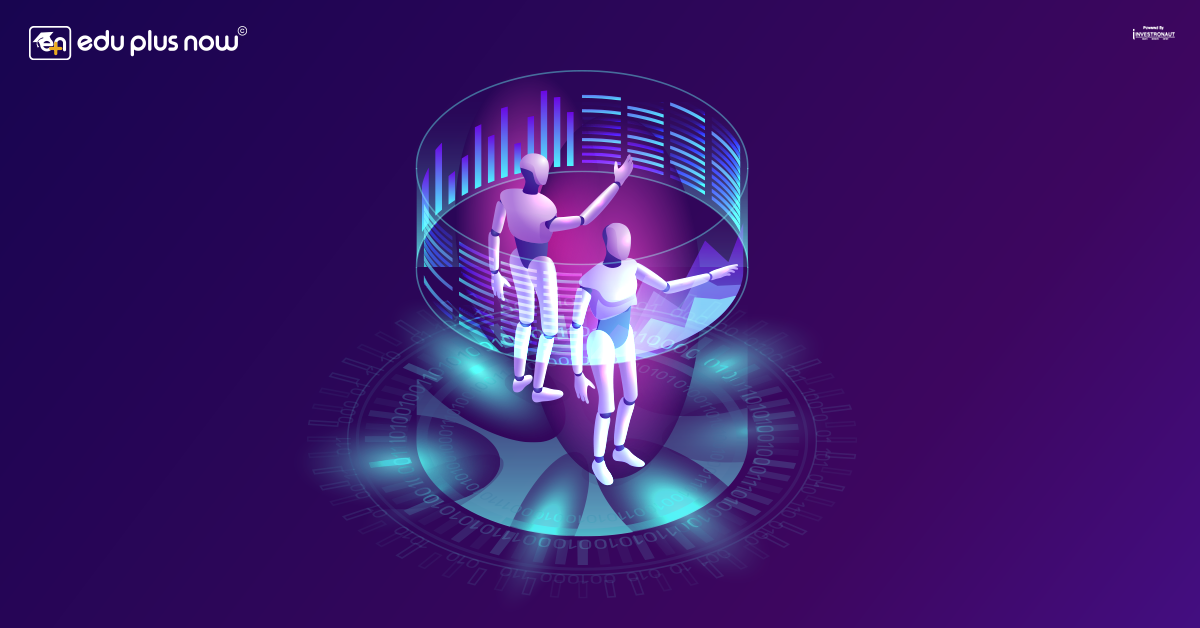Data Science 2020: 4 Trends in Data Science and Analytics to Watch Out For
Industries all over the world are jumping on the digital transformation bandwagon and data science is the force that is propelling this forward. The new-age tech startups have started utilizing data in enormous numbers, particularly to gain an advantage in the increasingly competitive and highly unpredictable business environment. Research has shown that more than half the businesses worldwide have been increasingly using data to improve their strategy, enhance customer experience and get help with new product development.
As we step into the new year, data science is all set to permeate all parts of a digital enterprise. In this article, we list some of the top data science trends to watch out for in 2020.
Top 4 Data Science Trends in 2020
Augmented Analytics
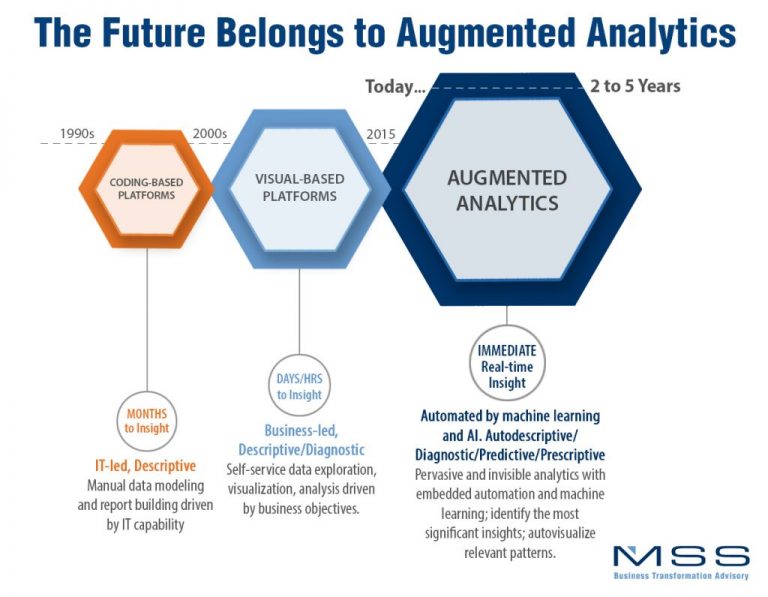
A 2017 report published by Gartner introduced a new concept called Augmented Analytics. But what is augmented analytics and why is it considered the “future of data analytics”? According to Gartner, Augmented Analytics is, “an approach that automates insights using machine learning and natural-language generation, marks the next wave of disruption in the data and analytics market.”
By observing repetitive patterns of data and outcomes, augmented analytics can effectively use machine learning and artificial intelligence to automate the process of data preparation, insight generation, and sharing. This ensures faster delivery of the process of preparing and analyzing data, interpreting results and extraction of data from results.
Natural Language Processing
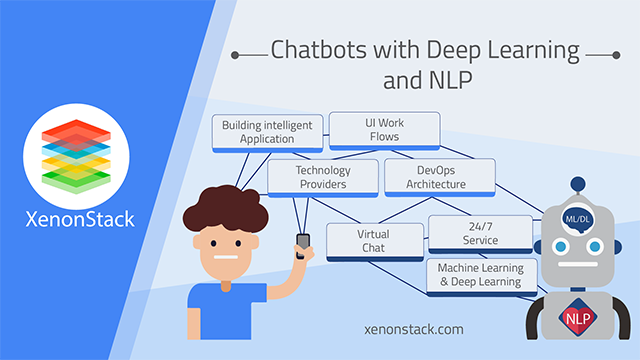
With rapid changes in Deep Learning research, Natural Language Processing has slowly been making its way into Data Science. The science of extracting meaning and learning from text data is an active topic of research called Natural Language Processing (NLP).
With the integration of NLP into data analysis, neural networks can extract information from large bodies of text quickly and store them in a single feature vector of numbers. Additionally, chatbots are predicted to save companies approximately 8 billion until 2022. According to Gartner research, up to 25% of companies will integrate chatbots or virtual assistants into their customer service.
Internet of Things
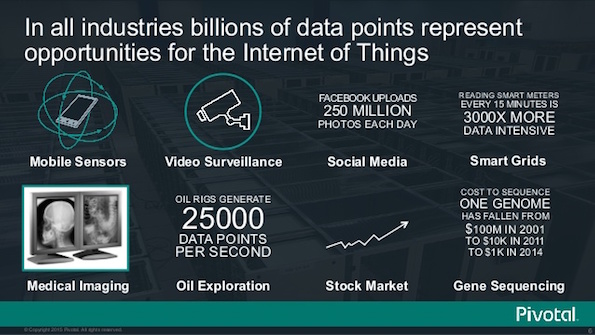
Internet of things (IoT) refers to a network of objects, each with a unique address and can connect to the internet. IoT and data remain intrinsically linked. The influx of large amounts of data from the connected world is fueling the need for Data Science. A combination of processes and systems, data science works to analyze large amounts of data and extract information for developing strategies.
Graph Analysis
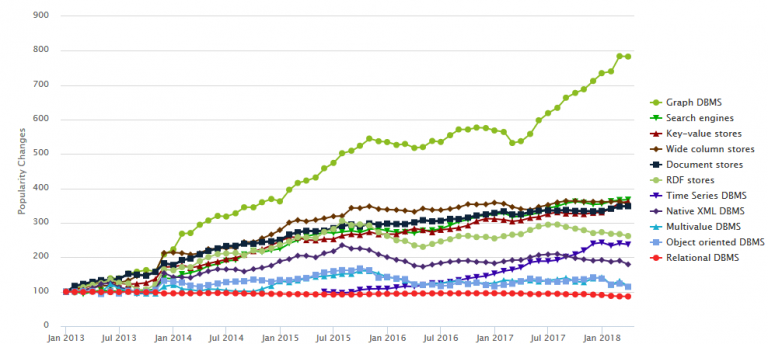
Also known as network analysis, Graph analytics allow you to explore relationships between entities and explore, enhance and explain the data science process. In 2020, graph analysis can be an invaluable tool for any organization. It can be used in many tasks such as identifying business opportunities, relationship analysis, and risk management. Going forward, it is crucial that businesses adopt the tool and leverage the best advantage of it.
With these trends, the future of business and innovation looks bright, especially the field of data science which is expected to see development and exposure beyond measure. To get in-depth knowledge and build a high-flying career in this in-demand technical domain, enroll into an online or classroom course in Data Science that provides modules in R, Python, Statistics & more.
